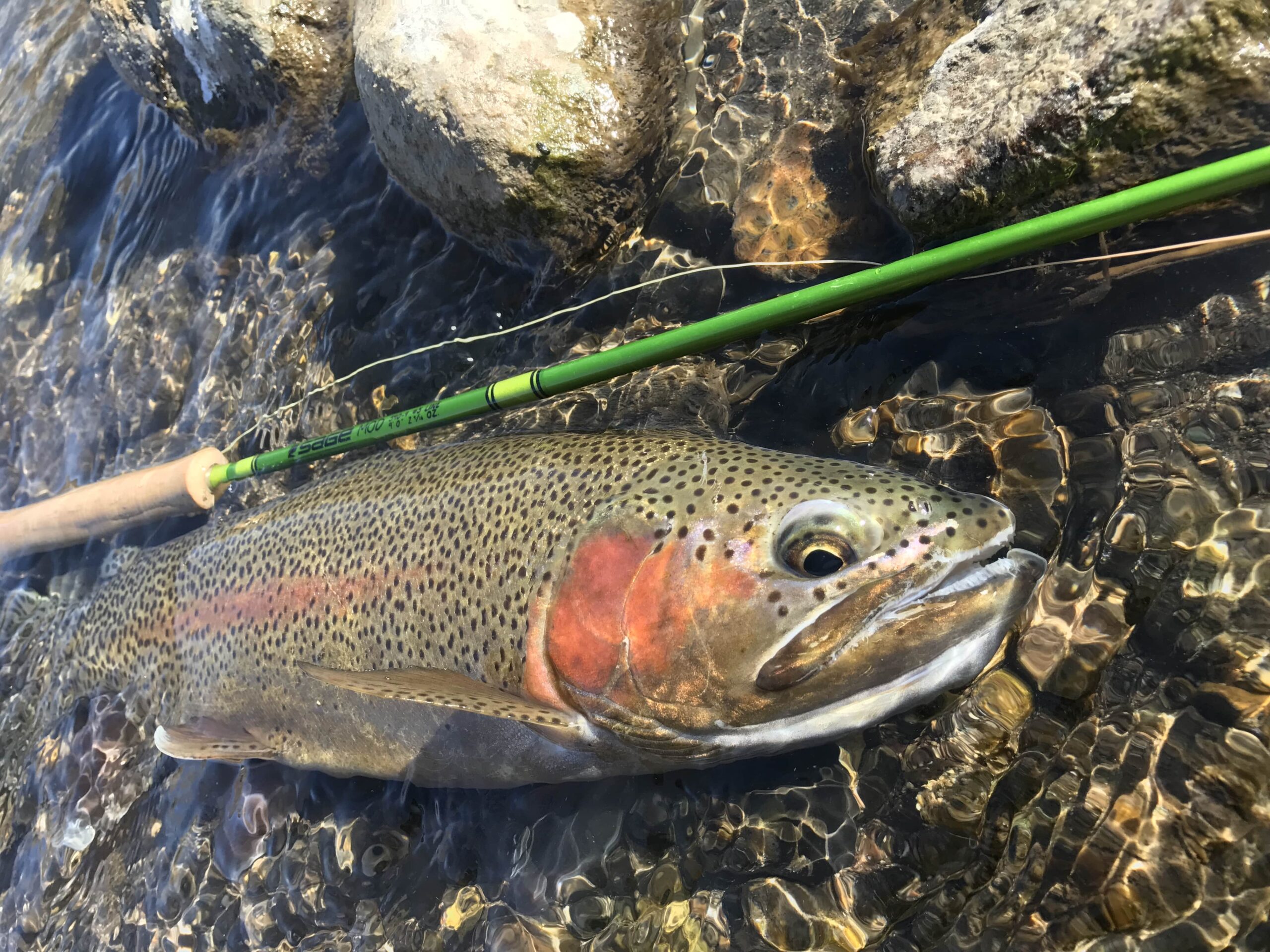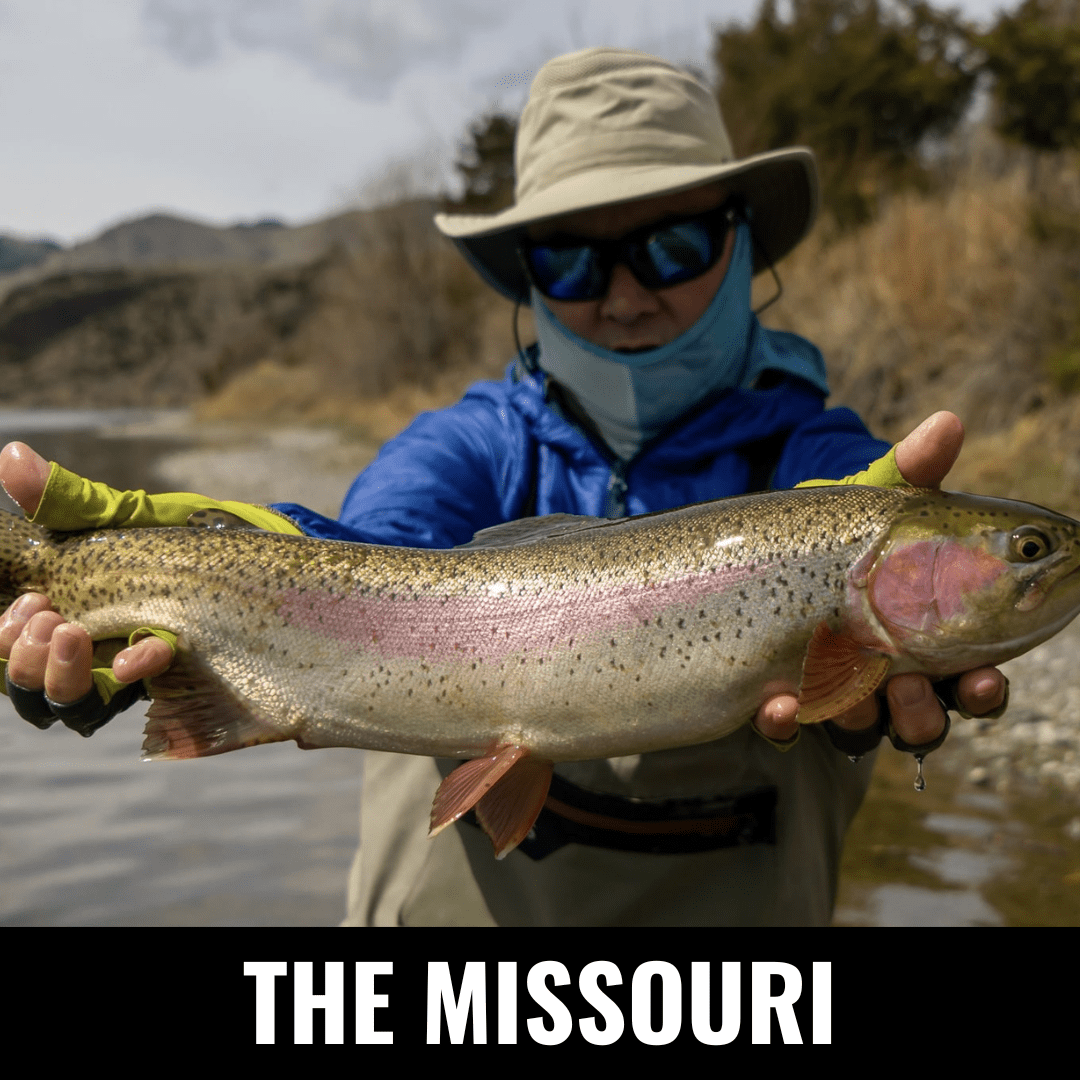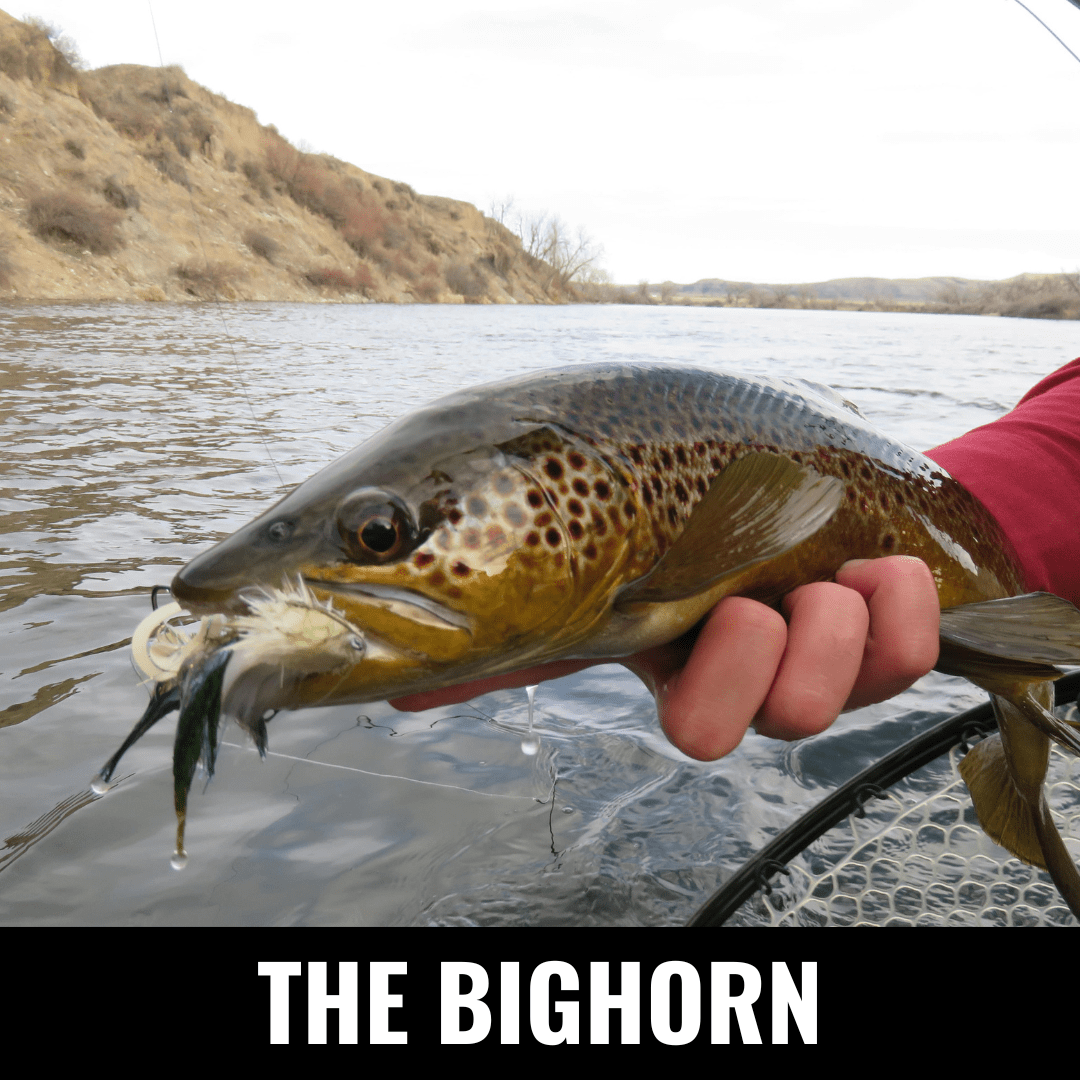Armstrong’s Spring Creek
Armstrong’s Spring Creek Montana Fly Fishing
Armstrong’s Spring Creek is the parental source of DePuy’s Spring Creek. While the two creeks share water, and fish they present themselves in two completely different ways. When an angler compares the two, they maybe resemble distant cousins, rather than twins. Armstrong’s Spring Creek is the consulate spring creek. At a little over one and a half miles, with more big flats than notable riffles it is a dry fly paradise. Not only do we see the dimpled waves of a nice trout sipping PMDs, but we also see the trout holding in the current!
The creek winds its way from the source through the riparian zone on a sprawling, working cattle ranch. Fish seem to defuse evenly across the broad flats and present themselves as clear targets. Precise casting is always a necessity when fishing Armstrong’s. The fish that inhabit Armstrong’s are truly substantial spring creek fish and boast length and girth, with phDs in Bug Eating!
The fish that inhabit Armstrong’s Spring Creek are truly substantial spring creek fish and boast length and girth, with phDs in Bug Eating!
When To Fish Armstrong’s Spring Creek
Like its downstream counterpart, Armstrong’s provides 12 quality months of angling opportunity in Southwest Montana. As the days grow longer in April, the creek comes alive with strong hatches of midges in the mornings and evenings. Mid day angling brings a host of subsurface tactics including sight nymphing and swinging soft hackles. Because a culvert serves as the only barrier between DePuy’s and Armstrong’s we observe a substantial push of migratory fish from the Yellowstone in mid-March peaking in the back half of April. This provides a substantial angling opportunity to catch big fish and big numbers. April also brings in the BWO emergence, which is a larger hatch on Armstrong’s than DePuy’s. The first half of May provides more of the same excellent fishing seen in April, while the latter half serves as the transition period before the early PMD emergence.
In June, Armstrong’s peaks in terms of truly spectacular dry fly fishing. We arrive at the creek to find fish up on spinners and they don’t go down until the duns have slowed. Oftentimes we find ourselves forgoing lunch to work that tricky riser feeding off the grassy banks. Good casts that are met with refusals result in an instantaneous fly change. A few more cycles of this and its fish on. On slower hatch days, anglers find fish clearly feeding on the flats and can try their hand at sight fishing. Methodically swinging soft hackles through the light chop can produce nice fish. Toward the middle of July, we see the hatches grow shorter and shorter and it’s truly time to go explore all the freestone offerings that southwest Montana have to offer.
September breathes new life into Armstrong’s just like its downstream sister. BWO’s dominate the cloudy days and midges present a constant source of nutrients, both above and below the surface. As September stretches on the hatches of BWO’s intensify into October. October brings in burley brown trout from the Yellowstone that seek to replenish brood stocks. On either side of the spawn, these fish are fired up and looking for food. My favorite means to target them is with leeches and small baitfish imitations fished down and across on a tight line. When it’s good, it’s no stretch to see a few fish create surface wakes to run down a well-presented leech.












